In this episode of DC to Daylight, Derek gives us an overview of Wheatstone bridges and how they work. Wheatstone bridges are a clever configuration of resistors arranged in a diamond pattern, with voltage sources connected at one set of terminals and a galvanometer across the remaining two terminals. By adjusting the resistances in each arm of the bridge, we can control the voltage ratios across each resistor. When these ratios are balanced, no current flows through the meter, indicating an equilibrium. This balance allows us to accurately determine an unknown resistance when compared to known resistors.
Derek explains this concept of the Wheatstone bridge using an easy-to-grasp water analogy. When both arms of the bridge have equal flow rates and directions, there's no flow between them, representing the bridge in equilibrium. If there's an imbalance due to unequal resistances, current flows, providing a way to calculate the unknown resistance.
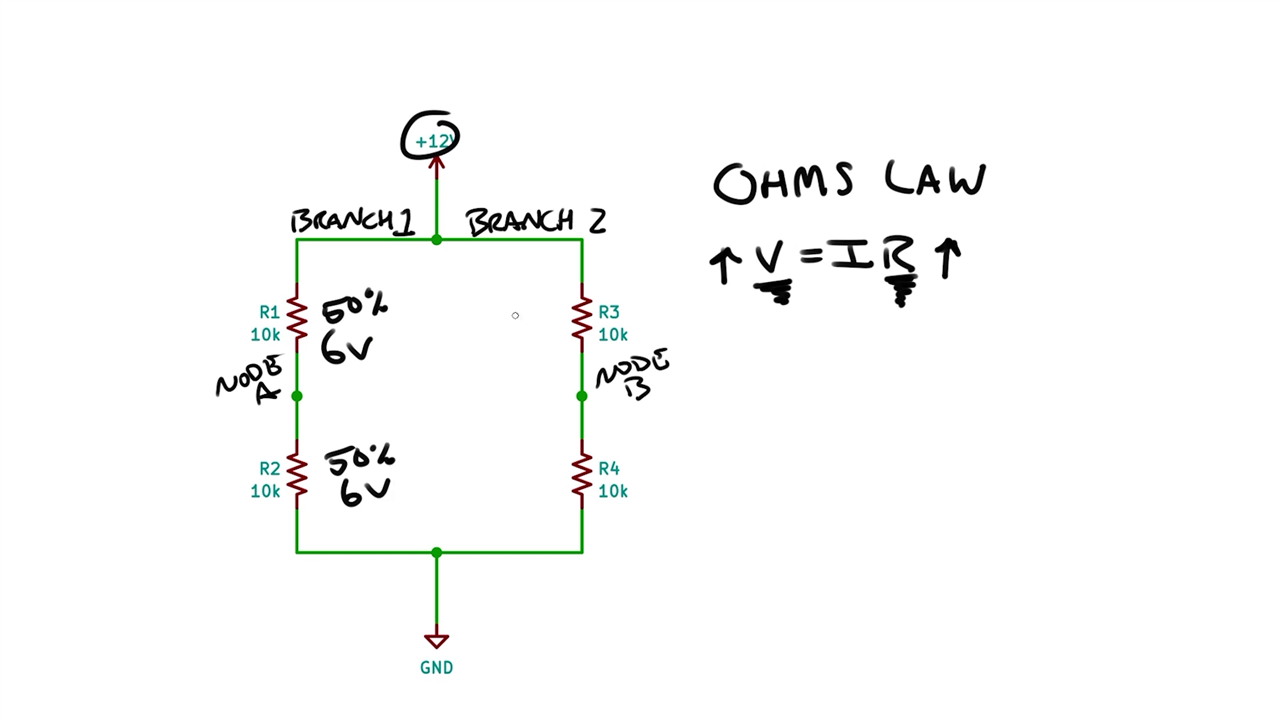
Derek goes on to explore the practical implementation of Wheatstone bridges, explaining how they can be used to measure unknown resistors with great accuracy. He shows a mini-teardown of a Wheatstone bridge on his bench, demonstrating how it's set up and used to measure a 47-ohm resistor within a 5% tolerance, showcasing its practicality and precision.
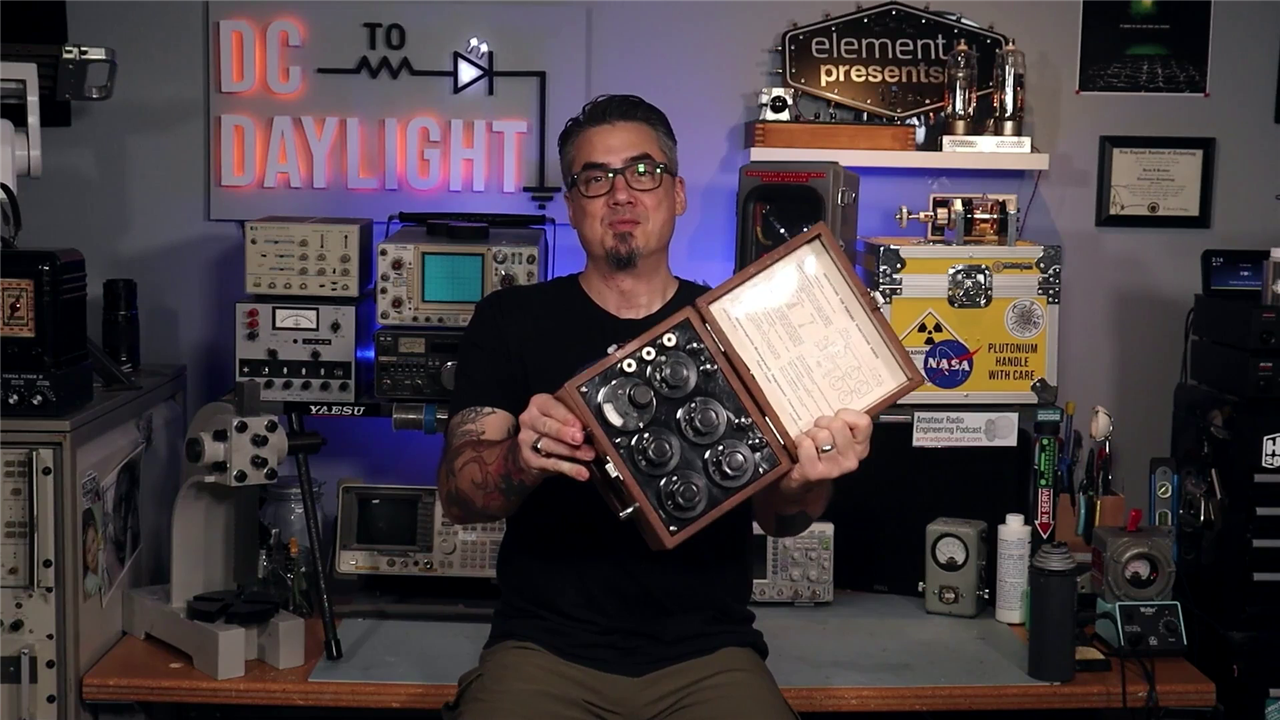
The teardown also reveals the inner workings of the Wheatstone bridge, with precision wire-wound resistors and multiple layers of contacts to reduce contact resistance. It's evident that the device uses dielectric grease to prevent corrosion, ensuring its reliability over time.
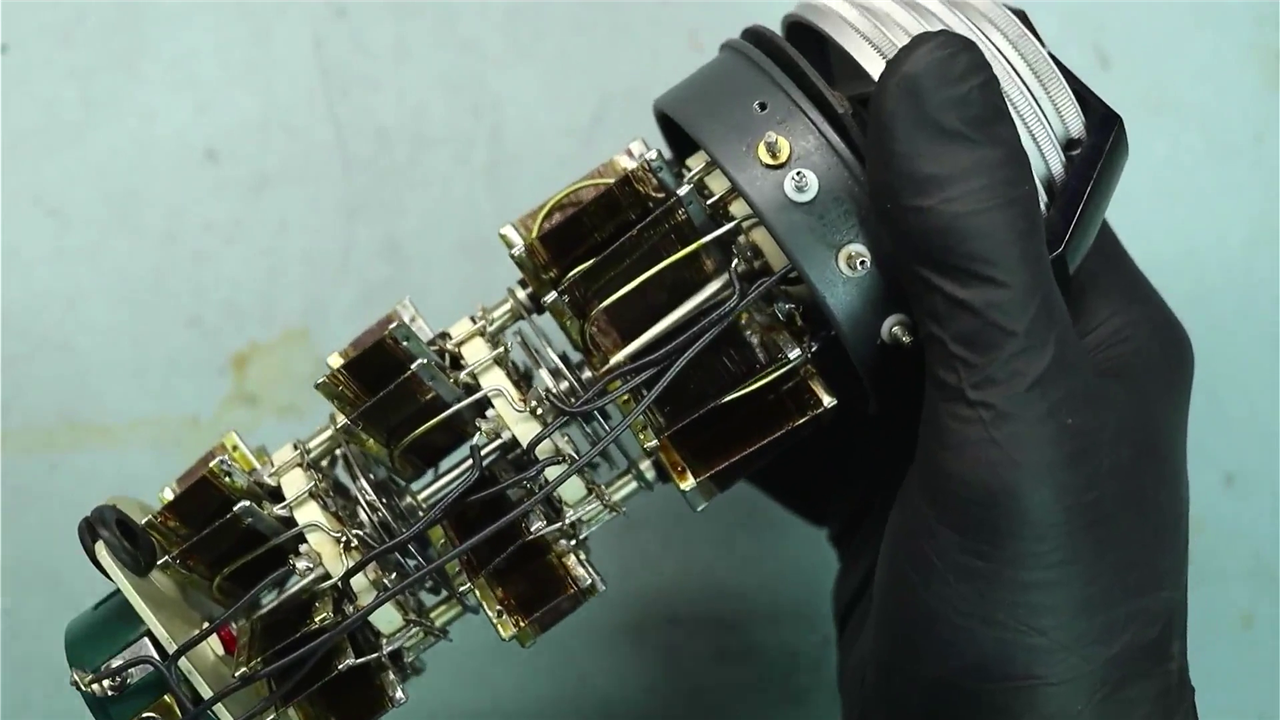
In conclusion, Derek highlights the enduring relevance of Wheatstone bridges in applications such as load cells and sensors, even as digital multimeters become more common for these applications today.
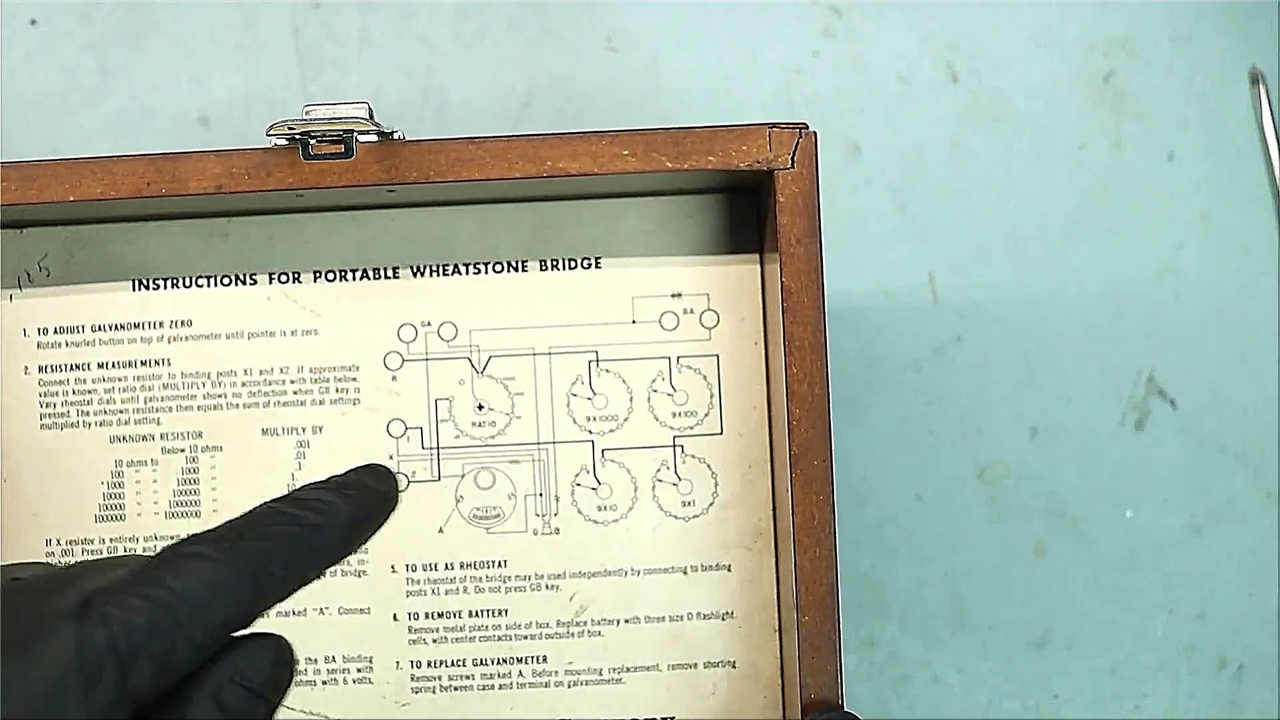
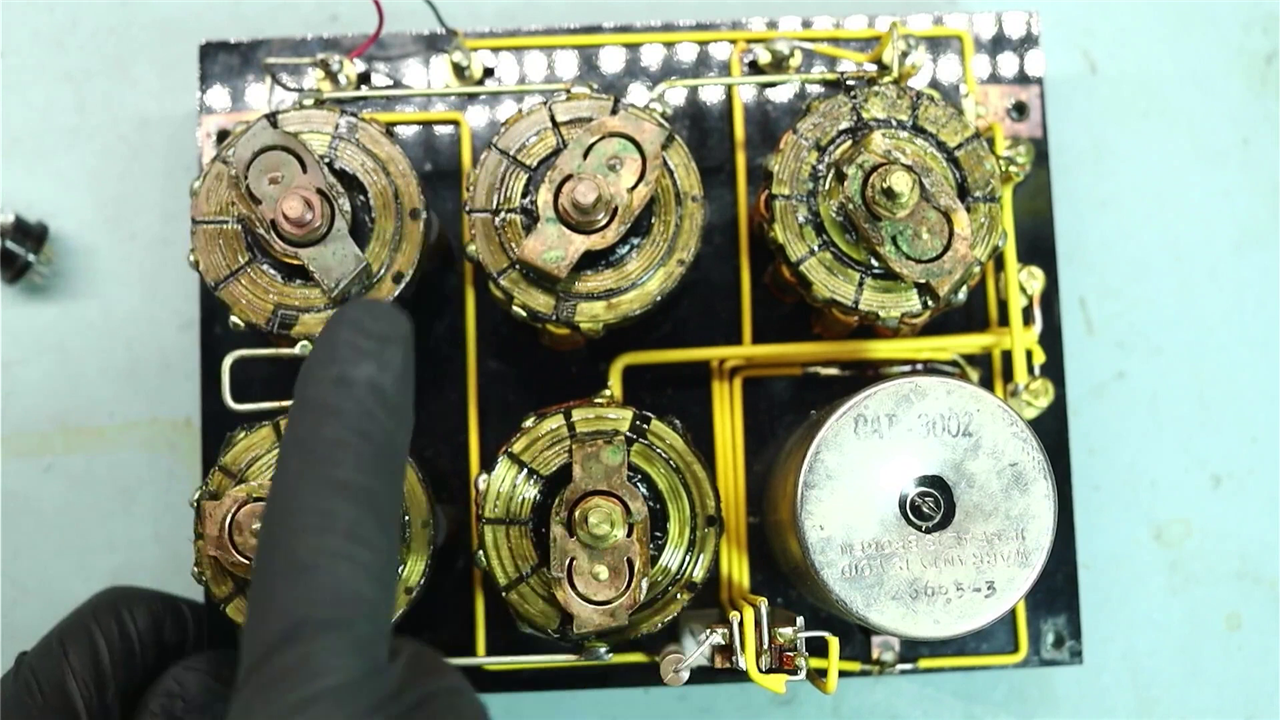


-

beacon_dave
-
Cancel
-
Vote Up
0
Vote Down
-
-
Sign in to reply
-
More
-
Cancel
Comment-

beacon_dave
-
Cancel
-
Vote Up
0
Vote Down
-
-
Sign in to reply
-
More
-
Cancel
Children